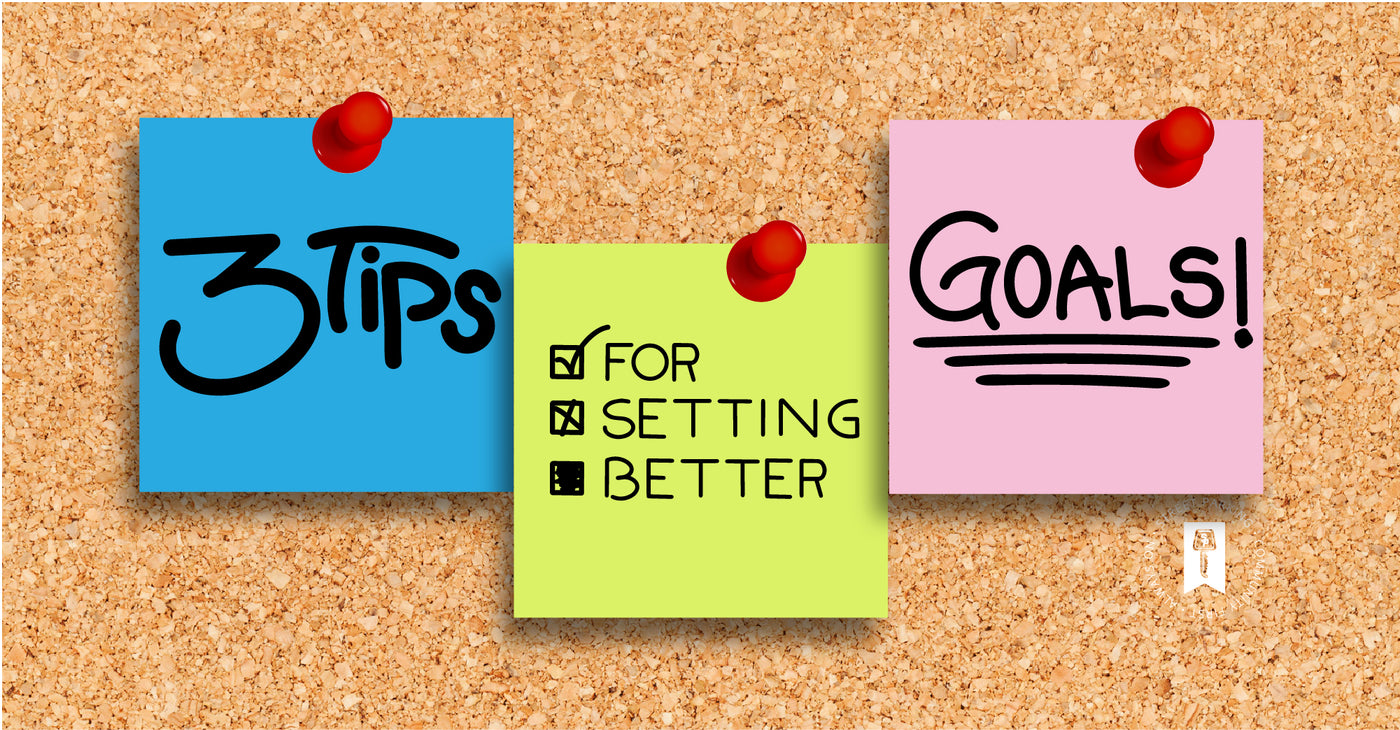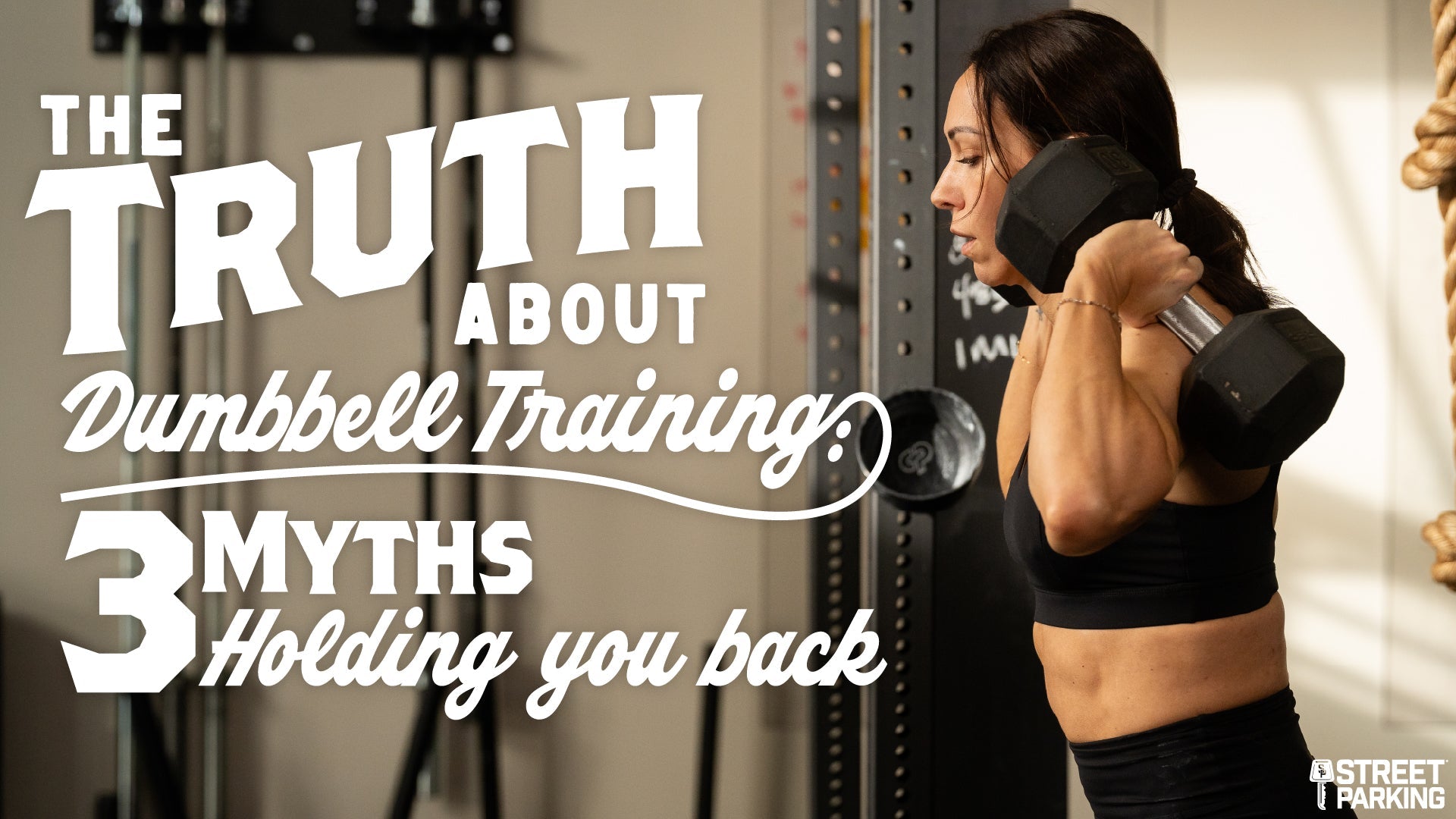
Life has hit you in the face with a wave of momentum.
You’re feelin’ it. You’re on FIRE.
Warm coffee in hand, wrapped up in your favorite red flannel blanket, sitting by the fireplace….
Let’s write some GOALS! Let’s do this thing.
You’re going to go from working out 0 times to 350 times.
You’re going to go from saving no money to saving $500 a month.
You’re going to go from eating no veggies to eating a veggie at every single meal.
You’re going to go from never confronting your boss when you feel overworked to confronting them in the middle of a meeting.
There will be no plan.
You are hyped on this goal setting juice and you don’t need a plan. You’re just going to do it, in good ol’ Nike fashion.
Fast forward to one year later…what happened? How did it go?
It didn’t.
The yoga pants only got worn for Netflix and chillin’.
The closest thing you ate to a veggie was chips and guac. Avocado is a veggie right?
The savings account is as empty as it’s always been.
And when it came time to confront your boss, you panicked and said yes to working overtime.
Now...I’m going to take a guess that you don’t want your goal setting to turn out this way. You WANT to implement positive and effective changes into your lifestyle. You WANT to look back a year from now and be proud of the choices you made that led to the long lasting changes that added value to the life you’re living TODAY.
So before you put that pen to paper and write your next list of goals, make sure you’re using the following 3 tools as a part of your planning process. If you implement these tools into every goal you write down, your chances of succeeding are WAY higher than they will be if you just do it (sorry Nike).
1. COMMUNITY

Yes yes, you know….community is everything. You’ve heard it all before….Teamwork makes the dream work and insert other motivational cliches….
We get it - but check this out.
Having a sense of community and belonging is CRITICAL for positive mental health.
It’s a building block to assist in healing depression, social anxiety, and many other ailments we experience as humans.
As humans, we are socially driven, even those of us who LOVE our quiet, alone time. We still need a sense of connection with others in some kind of capacity. Without this connection, we are more likely to be down, sad, lonely, or anxious. 2020 was the perfect example of having a heightened awareness for just how much being disconnected from other people changed our emotional and mental dynamic.
So whatever goals you’re currently looking to commit to, you need to be asking yourself the questions, “Do I have a community of people who support this habit change I’m making?” “Do I have a community of people where this habit change is normal?”
If you’re trying to add veggies into your meals, your chances of succeeding will be much higher if the people in your household are intentionally purchasing veggies at the grocery store and bringing them home.
If you’re trying to workout 4 days a week, your chances of succeeding will be much higher if you are connected with a group of people who are also working out 4 days a week, posting about it, asking each other questions, and doing it together.
If you’re trying to become more assertive and confront others when you need to put your foot down and construct better boundaries for yourself, it’ll be much easier for you to learn how to do that if you’re surrounding yourself with other people who have really great boundaries and can teach you tactical strategies for how to best go about those conversations.
2. 400 REPETITIONS

In order to make long lasting habit changes, you need to know what it will actually require in order to effectively construct a habit.
Roughly 400 repetitions is what is required to make a new, neuronal synapse in the brain, and the neuronal synapse is your brain's way of making connections and improving its functionality. By improving its functionality it’s effectively making new HABITS.
So...in order to make something permanent in your brain and construct that new brain connection, you need to repeat the action roughly 400 times in order for it to truly stick and become permanent.
Take a neighborhood walk 400 times...watch it stick.
Drink ½ gallon of water a day 400 times...watch it stick.
Workout for 15 minutes a day in your garage 400 times...watch it stick.
As you write down your list of goals, ask yourself, “What can I realistically accomplish on a daily basis that will help me reach 400 repetitions?” Don’t pick absurd tasks that can only be achieved if everything goes perfect that day. Pick tasks that can be accomplished on your messiest of messy days.
1 year from now…
5 years from now….
You’ll subconsciously be pounding ½ gallon of water a day without even thinking about it and it’ll all be thanks to you committing to repeating 400 repetitions, 1 messy day at a time.
3. MORE THAN NOTHING > ALL OR NOTHING
When we try to go “ALL IN” on making a change, which is especially common during the new year, it usually doesn’t last. It’s not because something is wrong with you. It’s because humans aren’t designed to be “all or nothing” creatures. Very few of us can keep a commitment 100% of the time because we just don’t have the personality for it.
Part of the explanation for this is that we have a concoction of brain chemicals called neurotransmitters that impact our motivation.
When the chemical Dopamine goes to the reward portion of our brain, we have higher motivation.
When Dopamine doesn’t go to the reward portion of our brain, or if we have less of it for various reasons (stress, sadness, etc.) we will have less motivation.
The important thing to note here is that we CANNOT force Dopamine to go to the right spot in our brain in order to give motivation because we want it to.
So what do we do? We do more than nothing and build habits that aren’t dependent on us feeling motivated. Let’s work with our brain chemicals, not against them.
- Insert yourself into a community. Online. Virtual. In person. Doesn’t matter. You need to be around a group of people where the habit you’re constructing is just a normal part of life and is to be expected
- Do the dang thing 400 times. Make sure you can accomplish simple repetitions every single day, on your messiest days
- Work with your brain chemicals. Build habits that aren’t dependent on feeling motivated
The writing of this blog was in collaboration with Rachel Young, a Licensed Clinical Social Worker in Ohio. She is utilizing training information from various sources.


